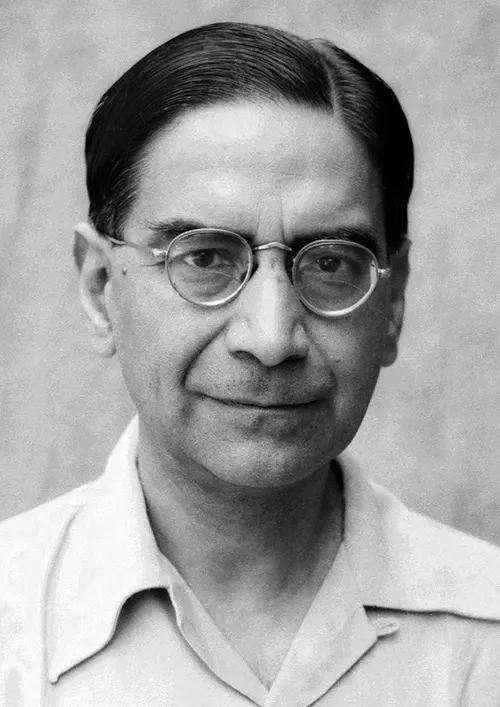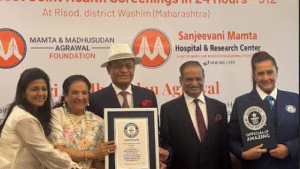As India honors the legacy of great nation-builders, one name stands tall in the field of economic strategy and statistical science — Prasanta Chandra Mahalanobis, the pioneering statistician who transformed India’s development planning with data-driven models and long-term vision.
Born in 1893, Mahalanobis made his mark as the founder of the Indian Statistical Institute (ISI) and the architect of the country’s Second Five-Year Plan (1956–1961). While several thinkers had proposed economic planning before independence — notably Sir M. Visvesvaraya — it was Mahalanobis who brought scientific rigor and statistical tools to the task in independent India.
He introduced the Mahalanobis Model, which emphasized the development of capital goods industries as a means to achieve self-reliant economic growth. His work laid the foundation for India’s focus on public sector enterprises and long-term industrialization, under the guidance of Prime Minister Jawaharlal Nehru.
Often hailed as the father of Indian statistical planning, Mahalanobis was instrumental in establishing a system of large-scale surveys, including the National Sample Survey (NSS), which continues to inform Indian policymaking to this day.
“Mahalanobis was not just a statistician — he was a visionary who saw numbers as the language of progress,” said a senior economist from NITI Aayog.
He passed away in 1972, but his contributions remain deeply embedded in India’s developmental DNA. In his honor, the Government of India observes June 29 as National Statistics Day every year.







